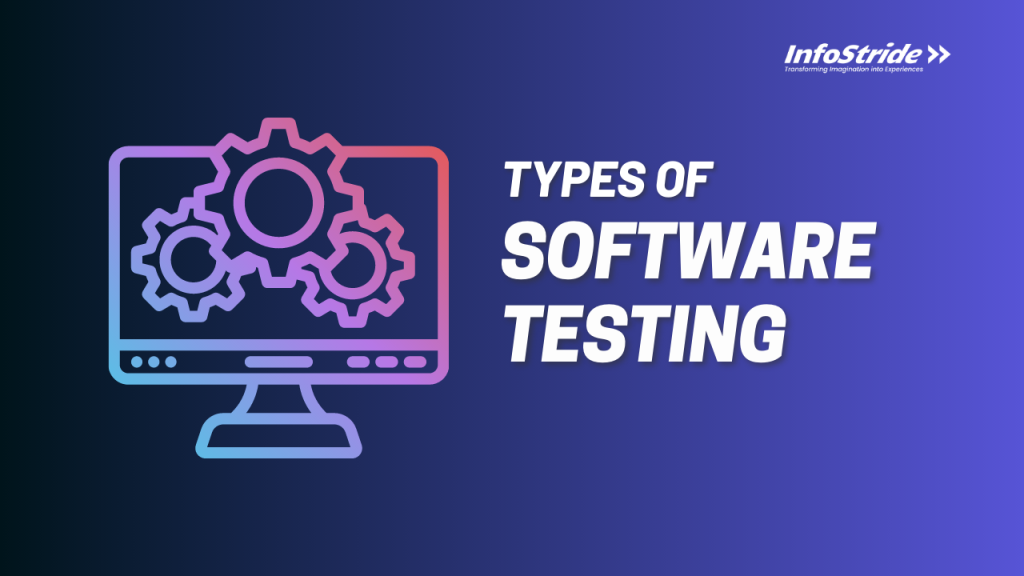Offshore development is the practice of hiring software developers from countries with lower labor costs to build, maintain, or scale digital products. It allows businesses to access a vast global talent pool while significantly reducing development expenses. In fact, a Deloitte survey found that 70% of companies choose offshore outsourcing primarily to cut costs. Beyond cost efficiency, offshore development offers scalability, flexibility, and around-the-clock productivity due to time zone differences.
However, hiring offshore developers comes with its own set of challenges, such as communication barriers, time zone management, and ensuring quality control. This guide will walk you through the key factors to consider, the step-by-step hiring process, and best practices to help you successfully build and manage an offshore development team.
Why Hire Offshore Developers?
Hiring offshore developers has become a strategic move for businesses looking to scale efficiently while keeping costs in check. By leveraging a global talent pool, companies can access top-tier developers, enhance productivity with round-the-clock development, and adapt to changing project needs with greater flexibility.
Cost Efficiency
One of the biggest advantages of hiring offshore developers is cost savings. Companies can reduce expenses on salaries, infrastructure, and operational overhead. For example, hiring a developer in India or Eastern Europe can cost 50-70% less than hiring in the U.S. or Western Europe, without compromising on quality.
Access to Global Talent
Offshoring allows businesses to tap into a vast pool of skilled developers with expertise in various technologies. Whether you need specialists in Python, PHP, AI, blockchain, or cloud computing, you’re not limited to local talent shortages and can find the right developers faster.
Scalability & Flexibility
Offshore teams offer the ability to scale up or down based on project requirements. Whether you need to expand your team for a new product launch or downsize after project completion, offshore development provides on-demand scalability without long-term commitments.
Round-the-Clock Productivity
Time zone differences can be an advantage, enabling 24/7 development cycles. While your in-house team finishes work for the day, your offshore developers can continue progress, leading to faster turnaround times and more efficient project execution.
Also Read: Offshore vs. Nearshore Development: Which One Should You Choose?
Key Factors to Consider Before Hiring Offshore Developers
Hiring offshore developers requires careful planning to ensure a seamless collaboration and successful project delivery. Here are some key factors to evaluate before making a decision:
Defining Project Scope & Requirements
Clearly outline your project goals, features, technology stack, and timelines. A well-defined scope helps streamline the hiring process and ensures alignment between your business objectives and the offshore team.
Choosing the Right Offshore Model
Offshore development can follow different engagement models:
- Dedicated Team: A long-term team working exclusively on your projects.
- Offshore Development Center (ODC): A fully managed remote extension of your in-house team.
- Project-Based Model: Developers are hired for a specific task or short-term project.
Choosing the right model depends on your budget, project complexity, and long-term business goals.
Evaluating Technical Expertise & Experience
Assess the offshore developers’ skills, experience, and industry-specific knowledge. Review portfolios, conduct technical interviews, and check certifications to ensure they have the expertise needed for your project.
Communication & Time Zone Management
Effective collaboration requires clear communication channels and strategies to bridge time zone differences. Use tools like Slack, Zoom, and Jira for real-time updates, and establish overlapping work hours to enhance coordination.
Security & Compliance Considerations
Ensure that the offshore team follows strict data security protocols, GDPR, and IP protection policies. Signing NDAs and legal contracts is essential to safeguard sensitive business information and ensure compliance with industry regulations.
Step-by-Step Guide to Hiring Offshore Developers
Navigating the offshore hiring process requires a structured approach to ensure you find the right talent for your project. Here’s a step-by-step guide to help you make informed decisions.
Step 1: Define Your Needs & Budget
Start by outlining the specific skills, technologies, and experience level required for your project. Whether you need front-end, back-end, full-stack, or specialized developers (e.g., Python, PHP), having clear requirements will streamline the hiring process. Additionally, factor in the cost for offshore developers in different regions to ensure your budget aligns with market rates.
Step 2: Choose the Right Offshore Location
Different offshore destinations offer varying levels of expertise, cost advantages, and time zone compatibility.
- India: Cost-effective, strong IT talent, and a well-established outsourcing market.
- Eastern Europe: High-quality developers with strong technical expertise, slightly higher costs.
- Latin America: Closer time zones for North American companies, good English proficiency.
Understanding the pros and cons of each region will help you select the best fit for your business needs.
Step 3: Select the Right Offshore Partner
Choosing between freelancers and an offshore development company is crucial. While freelancers may offer flexibility, a reputed offshore development team provides structured workflows, scalability, and better long-term support.
Look for expertise, case studies, client testimonials, and industry experience when selecting an offshore software development company. Also, ensure legal due diligence by signing contracts and NDAs to protect intellectual property and sensitive data.
Step 4: Assess Developer Skills & Expertise
To ensure you hire the right talent, review developer portfolios, conduct technical interviews, and check certifications. Assessing soft skills like communication and problem-solving is equally important for seamless collaboration.
If you’re looking for specific expertise, tailor your hiring approach:
- Hire offshore Python developers for AI, ML, and data-driven applications.
- Hire offshore PHP developers for web development and CMS-based projects.
Step 5: Set Up an Offshore Development Center (ODC)
If your business requires long-term offshore collaboration, setting up an Offshore Development Center (ODC) can be a strategic move. An ODC functions as a remote extension of your in-house team, offering better control over development processes and cost efficiencies compared to traditional outsourcing.
Step 6: Onboarding & Managing Offshore Teams
Smooth onboarding is key to a successful offshore partnership. Implement best practices such as:
- Using agile methodologies to improve workflow efficiency.
- Leveraging communication tools like Slack, Jira, and Zoom for real-time updates.
- Conducting regular performance reviews and feedback sessions to ensure alignment with project goals.
By following these steps, businesses can effectively hire and manage offshore developers, optimizing cost, quality, and scalability in their software development projects.
Cost Breakdown: How Much Does It Cost to Hire Offshore Developers?
The cost of hiring offshore developers varies based on several factors, including location, expertise, and project complexity. While offshore development offers significant cost savings compared to hiring in-house teams, businesses must carefully assess pricing structures to avoid unexpected expenses.
Factors Influencing the Cost for Offshore Developers
- Location: Developer rates vary significantly by region. For example, hiring in India is generally more cost-effective than in Eastern Europe or Latin America.
- Expertise & Experience: Senior developers with niche skills (e.g., AI, blockchain) command higher rates than junior developers.
- Project Complexity: Simple web development projects cost less than enterprise-level solutions requiring advanced technologies.
Cost Comparison by Region
Here’s a general breakdown of hourly rates for offshore developers in different regions:
- India & Southeast Asia: $20–$50 per hour
- Eastern Europe: $30–$80 per hour
- Latin America: $40–$100 per hour
- Africa: $25–$60 per hour
Rates may vary based on the developer’s experience level and the technology stack required for your project.
Hidden Costs to Watch Out For
While offshore development is cost-efficient, businesses should account for potential hidden costs, such as:
- Onboarding & Training Costs: Time and resources needed to align offshore teams with project requirements.
- Communication & Management Expenses: Investment in collaboration tools, project management software, and time zone adjustments.
- Legal & Compliance Fees: Costs related to contracts, NDAs, and data protection measures.
By understanding these cost factors, businesses can budget effectively and maximize the benefits of hiring offshore developers.
Final Thoughts: Making Offshore Hiring Work for You
Hiring offshore developers can be a game-changer for businesses looking to scale efficiently, reduce costs, and access top global talent. By carefully defining project needs, choosing the right offshore model, and partnering with a reputable offshore development team, companies can maximize the benefits of offshore software development while mitigating potential risks.
With the right strategy, offshore development can provide long-term value, helping businesses stay competitive in an increasingly digital world.












